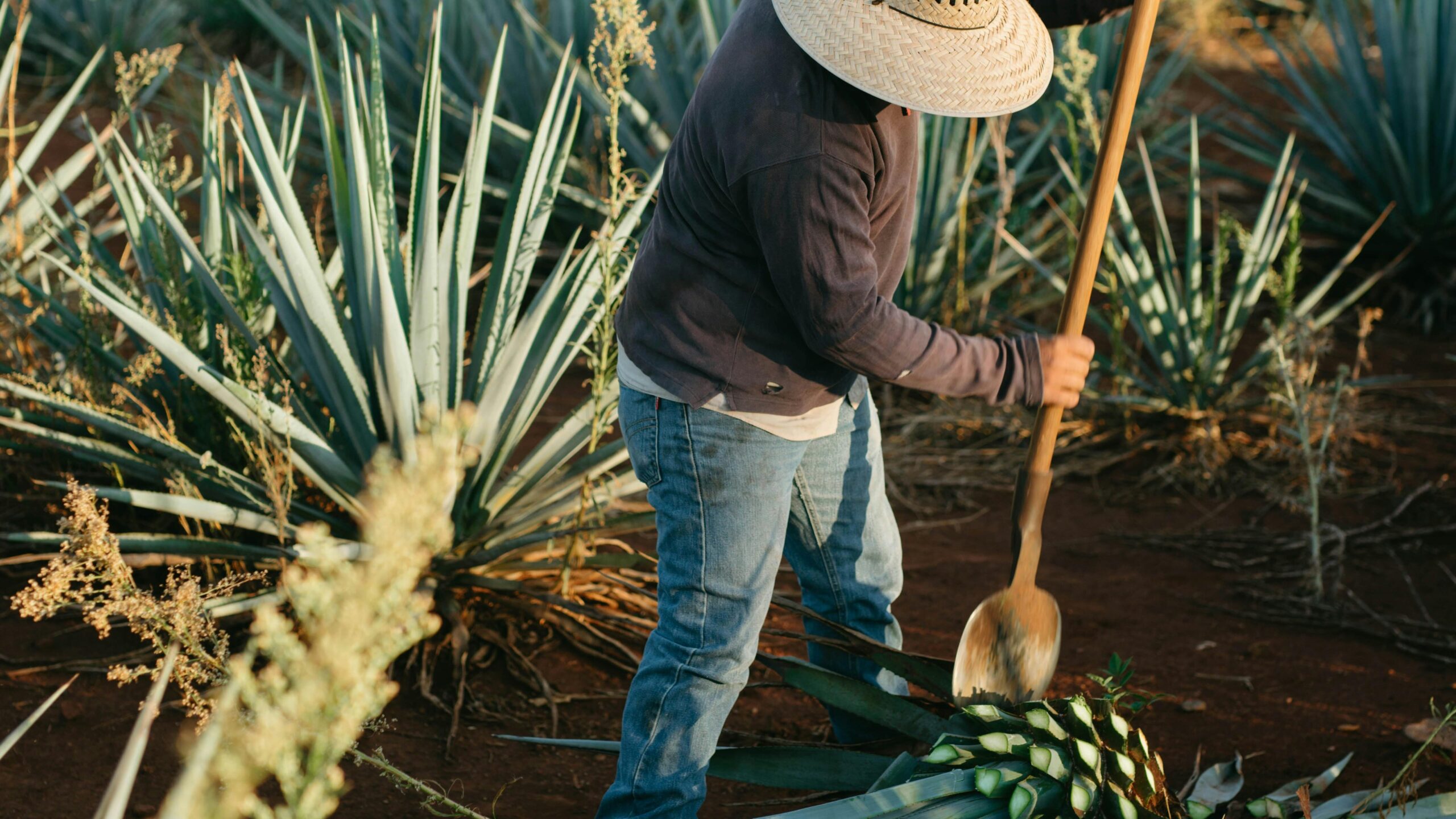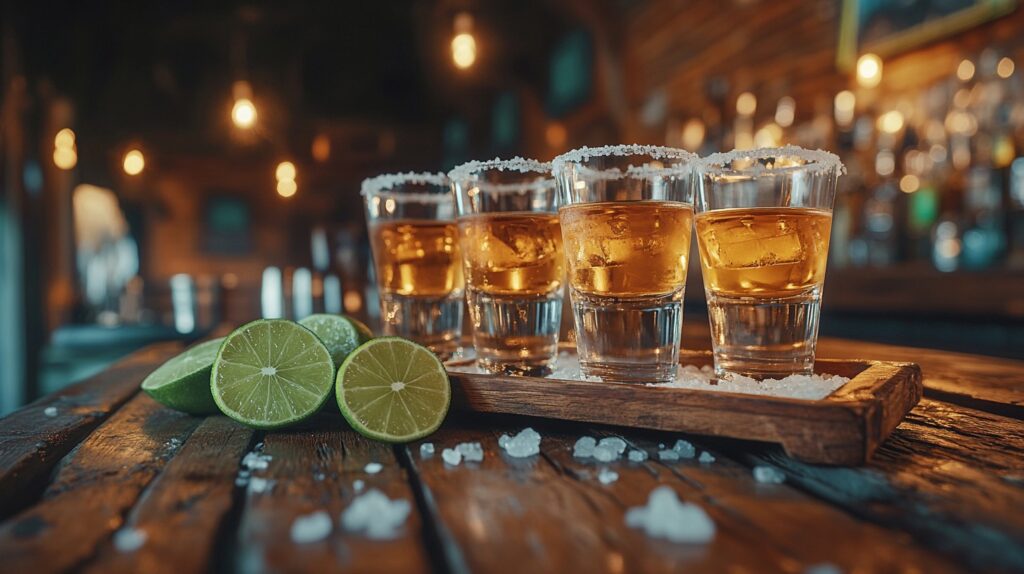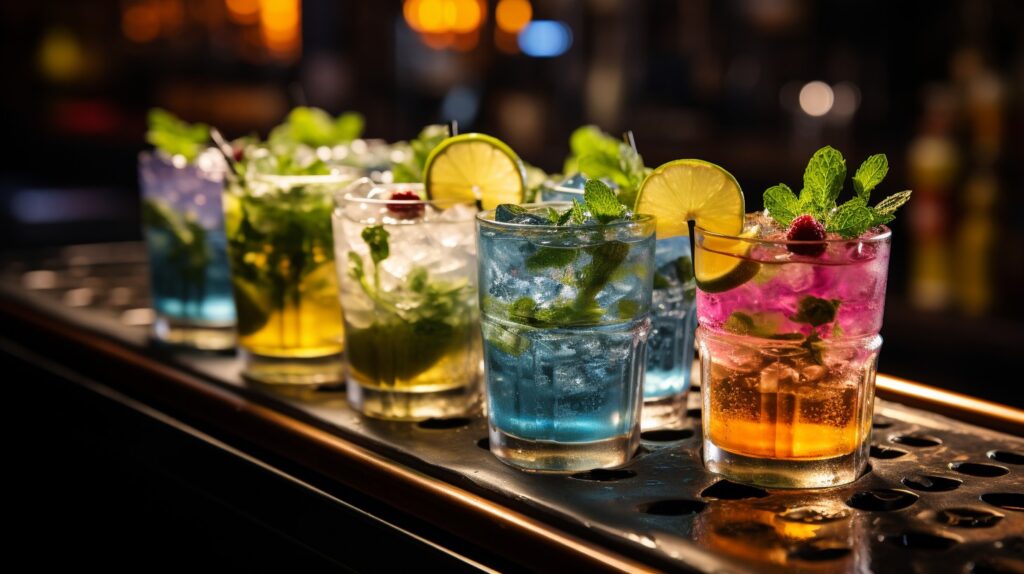Introduction to Tequila
Tequila is more than just a spirit; it’s a symbol of Mexican culture and tradition. Made from the blue agave plant, tequila has a rich history that dates back centuries. Whether sipped slowly or enjoyed in a cocktail, tequila offers a complex and diverse flavor profile that has captured the hearts of people around the world. In this guide, we’ll explore the origins, production process, types, and ways to enjoy tequila, along with some interesting facts that every tequila enthusiast should know.
The Origins of Tequila
The story of tequila begins in the region of Jalisco, Mexico, where the indigenous people discovered the fermentable properties of the blue agave plant. However, it wasn’t until the Spanish arrived in the 16th century that the distillation process was introduced, leading to the creation of what we now know as tequila. Over time, tequila evolved from a local drink to an internationally recognized spirit, protected by Denomination of Origin laws, ensuring that only agave spirits produced in specific regions of Mexico can be labeled as tequila.
The Production Process

Tequila production is a meticulous process that starts with the harvesting of blue agave plants, which typically take 7-10 years to mature. The heart of the agave, known as the “piña,” is then cooked to convert the starches into fermentable sugars. Once cooked, the piñas are crushed to extract the juice, which is then fermented. The fermented liquid, called “mosto,” undergoes distillation, usually twice, to increase the alcohol content and refine the flavors. The result is tequila, which can then be aged or bottled immediately, depending on the desired style.

Types of Tequila
Tequila is categorized into several types, each offering a unique taste experience:
- Blanco (Silver): Unaged or aged for less than two months, Blanco tequila is clear and retains the pure flavors of the agave plant. It’s often characterized by its fresh, citrusy, and peppery notes.
- Joven (Gold): A blend of Blanco and aged tequilas, or Blanco tequila with flavorings and colorings added. Joven tequila is smoother than Blanco and often has a mild sweetness.
- Reposado (Rested): Aged in oak barrels for 2-12 months, Reposado tequila has a golden hue and a balanced flavor profile, combining agave freshness with notes of vanilla, caramel, and spice.
- Añejo (Aged): Aged for 1-3 years in small oak barrels, Añejo tequila is rich and complex, with deep flavors of oak, chocolate, and dried fruit, making it ideal for sipping.
- Extra Añejo (Extra Aged): Aged for more than three years, Extra Añejo is the most luxurious and complex type of tequila. It boasts a deep amber color and offers layered flavors of oak, dark chocolate, and spice, often compared to fine cognacs or whiskies.
How to Enjoy Tequila

Tequila can be enjoyed in various ways, each highlighting different aspects of the spirit:
- Neat: Sipping tequila neat, especially Añejo or Extra Añejo, allows you to fully appreciate its complexity and craftsmanship. Use a tulip-shaped glass to concentrate the aromas.
- On the Rocks: Adding a few ice cubes can slightly dilute the tequila, opening up the flavors and making it more refreshing, particularly for Reposado or Añejo varieties.
- Cocktails: Tequila is a versatile base for many cocktails. Some of the most popular include:
- Margarita: A classic cocktail made with tequila, lime juice, and triple sec, served with a salted rim.
- Tequila Sunrise: A vibrant drink made with tequila, orange juice, and grenadine.
- Paloma: A refreshing mix of tequila, grapefruit soda, and lime juice.
- Tequila Flights: Sampling different types of tequila in a flight is a great way to explore the nuances between Blanco, Reposado, Añejo, and Extra Añejo.
Tequila Myths and Facts
- Tequila vs. Mezcal: While both tequila and mezcal are made from agave, tequila is specifically made from blue agave and must be produced in designated regions of Mexico. Mezcal can be made from various types of agave and has a distinct, often smoky flavor.
- Worm in the Bottle: Contrary to popular belief, tequila bottles do not contain a worm. This is actually a tradition associated with mezcal, not tequila.
- Health Benefits: In moderation, tequila has been said to offer certain health benefits, such as aiding digestion and potentially lowering blood sugar levels, thanks to the agave plant’s natural properties.
